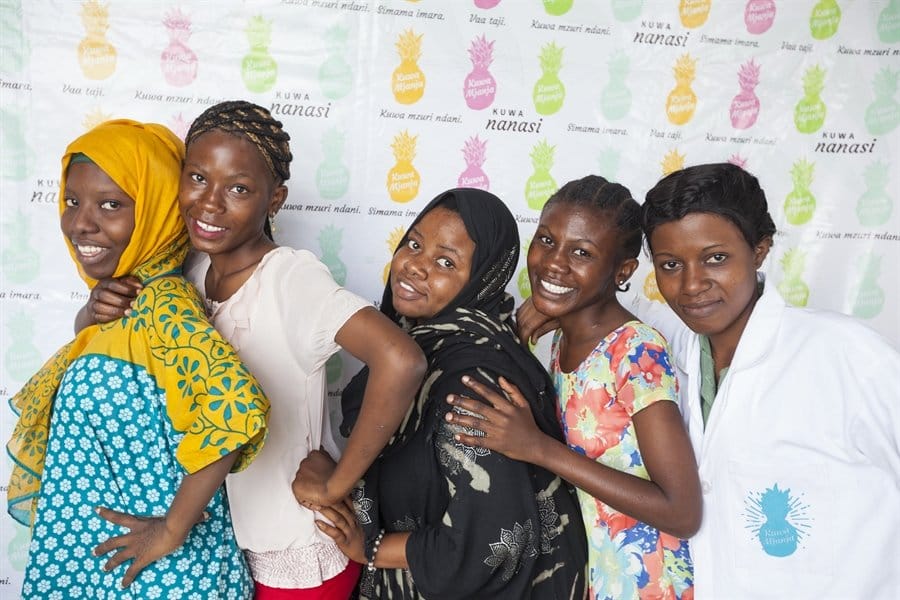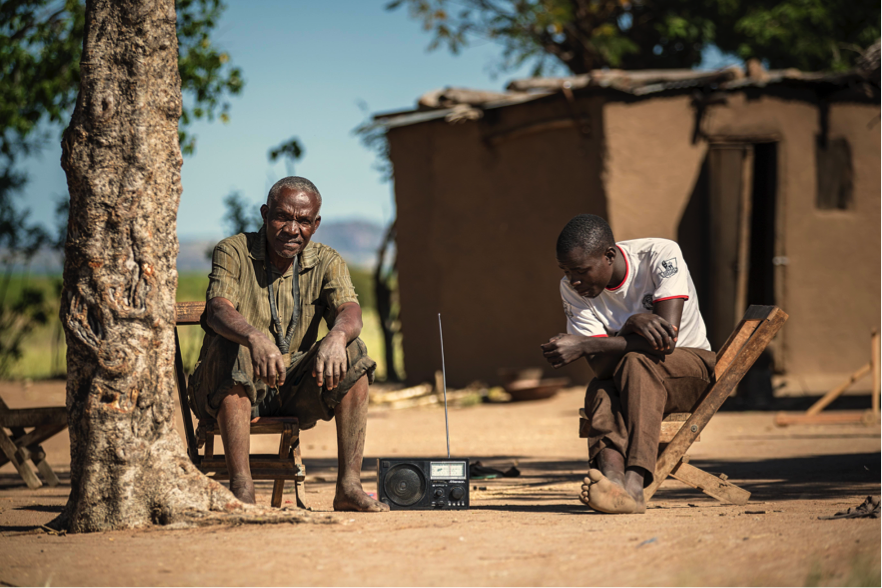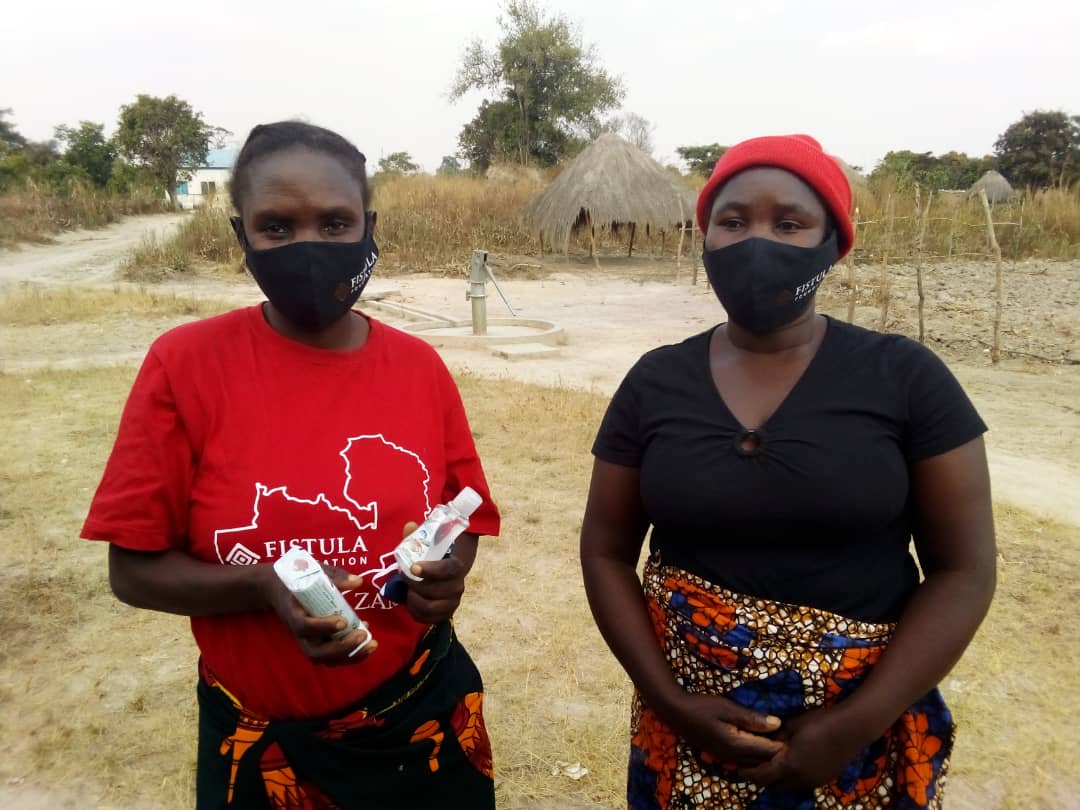Are you looking for a simple, inexpensive, clearly effective way to improve the lives of those living in extreme poverty, particularly women and children?
One word: Contraception.
September 26th is World Contraception Day. Why does this topic merit an awareness day? Consider these sobering facts:
-
Globally, some 16 million adolescent girls will give birth this year.
-
One in five girls in the Global South will become pregnant by age 18
-
In Africa alone, an estimated 2.1 million women and girls will experience an unintended pregnancy.
-
An estimated 20 million unsafe abortions occur every year, putting women’s lives at risk.
-
Over 214 million women and girls lack access to modern contraception. Most of these women live in the 69 poorest countries.
-
In sub-Saharan Africa, one in five women of reproductive age wants but does not have access to modern contraception.
Fulfilling this clear unmet demand would save lives by averting 67 million unintended pregnancies and reducing the estimated 303,000 annual maternal deaths by 33%.
As noted by the UNFPA, “Better reproductive health care, including voluntary family planning, can bolster economies and contribute to sustainable development by empowering women to complete their education, join the paid labour force, be more productive in their jobs, earn higher incomes and increase savings and investments.” https://www.unfpa.org/press/family-planning-empowering-people-developing-nations
The Lancet agrees, observing that progress has certainly been made, but that there is still much to be done: “Increasing contraceptive use in developing countries has cut the number of maternal deaths by 40% over the past 20 years, merely by reducing the number of unintended pregnancies. By preventing high-risk pregnancies, especially in women of high parities, and those that would have ended in unsafe abortion, increased contraceptive use has reduced the maternal mortality ratio–the risk of maternal death per 100,000 livebirths–by about 26% in little more than a decade. A further 30% of maternal deaths could be avoided by fulfilment of unmet need for contraception.”
The Lancet goes on to say that “Contraception can also improve perinatal outcomes and child survival, mainly by lengthening interpregnancy intervals. In developing countries, the risk of prematurity and low birthweight doubles when conception occurs within 6 months of a previous birth, and children born within 2 years of an elder sibling are 60% more likely to die in infancy than are those born more than 2 years after their sibling.” https://www.ncbi.nlm.nih.gov/pubmed/22784533
Several of the nonprofit organizations recommended by The Life You Can Save do outstanding work in addressing the contraception crisis. Here is a rundown of some of their highly effective projects:
Living Goods

Courtesy of Living Goods
The following content is from Living Goods’ Stakeholder Reports
Living Goods trainees (usually women) are supported in setting up their own microfranchises. These Community Health Workers (CHWs) sell vital medicines and health-related products and provide valuable health education, sick child assessments and treatments their communities. One of the most important aspects of this work is contraception.
A prime example is in Uganda, where Living Goods began a pilot program last year to expand family planning education and access to modern contraceptive methods through their CHW network. Need is especially high in Uganda, which has one of the highest fertility rates and population growth rates in the world, with less than 40 percent of women at reproductive age using modern contraceptives.
CHWs are providing women with access to expanded family planning options including two types of daily birth control pills, condoms, Sayana Press (with three-month efficacy) and referrals for longer-term and permanent options. Instead of focusing solely on the sales of contraceptives, Living Goods’ goal is to help clients make informed, holistic decisions about all of their family planning options through a client-centered approach to counseling. They are working with partners including the Ministry of Health to ensure these efforts are aligned with the larger health system. These new services have been well received. After just one counseling session from a CHW, 52% of women who had never tried any method of family planning before decided to start, while 65% of those with previous experiences decided to restart.
While many communities—particularly at Living Goods’ rural branches—are less familiar with modern family planning methods, the response has been consistently positive. For instance, a 21-year-old mother who was using the rhythm method was wary of modern family planning methods because she had heard about bad side effects. Nonetheless, the client asked questions and listened thoughtfully as the CHW explained the range of family planning options available. Despite her initial hesitation, the young mother purchased Sayana Press on the spot and asked her CHW to come the very next day to administer it.
Population Services International (PSI)

Courtesy of PSI
The following content is largely from PSI’s website and communications.
PSI’s mission is to reimagine healthcare, with particular focus on revolutionizing the way people access contraception to help them plan the families they desire. It’s no surprise that PSI is a partner of Bayer’s World Contraception Day coalition.
PSI’s contraception solutions support Family Planning 2020 (FP2020), a global partnership of organizations working to accelerate action around family planning. FP2020’s goal is to reach 120 million more women and girls in the world’s poorest countries with access to voluntary family planning information, contraceptives and services by the year 2020. Recognizing that young people have an acute need for contraceptives, PSI has made an FP2020 Youth Pledge: Through its global network of more than 50 country programs, PSI commits to reaching 10 million people under the age of 25 with modern contraceptive methods by the end of December 2020.
To meet this goal, PSI and its partners are testing new ways of collaborating with young people to reimagine and redefine the way sexual and reproductive health and rights (SRHR) programs are designed, delivered, measured and evaluated.
In 2017 alone, PSI’s service provision and distribution of family planning products prevented an estimated 4.87 million unintended pregnancies and more than 11,600 maternal deaths.
Examples of PSI’s recent contraceptive projects include:
-
Stanford University School of Medicine Dr. Paul Blumenthal, who is also PSI’s Global Medical Director, published a recent paper in collaboration with PSI describing “the implementation of a new device used to insert IUDs in women immediately after they give birth, and he hopes it will help health care professionals in developing countries provide broader access to long-acting contraceptives.” Read more here.
-
In Mozambique, the government aims to raise the country’s contraceptive prevalence rate from 31% to 50% by 2020. A program supporting access to high quality contraception is underway with funding from Stasia Obremskey, a member of Maverick Collective, PSI’s philanthropy and innovation lab. At program clinics, health workers provide counseling about HIV as well as the risks and benefits of different contraceptive methods, including Sayana® Press, a new contraceptive which combines the needle and drug in one small cartridge. At regular follow-up home visits, a new injection can be provided, visit information can be recorded in the health worker’s phone and future appointments can be scheduled
-
Another PSI partnership is Adolescents 360 (A360), which aims to increase voluntary, modern contraceptive use among adolescent girls in Ethiopia, Nigeria and Tanzania. Co-funded by the Bill & Melinda Gates Foundation and the Children’s Investment Fund Foundation, the project is being piloted in 11 sites. To date, the initiative has achieved average contraceptive adoption rates of 28 to 59 percent after just a single contact.
-
In Tanzania, where parents typically don't talk to their children about contraception or pregnancy prevention, the need to reach young girls is urgent. The Kuwa Mjanja movement, a part of PSI’s A360 project, provides places where teenage girls gather to learn skills and talk, as well as receive reliable information about sex and access contraception if and when they choose.
-
In its quest to put users at the center of healthcare and scale innovative service delivery approaches to reach more women and girls with high-quality contraception, PSI supports a comprehensive mix of contraceptive methods, ranging from short-term hormonal contraception, barrier methods, long-acting reversible contraception and permanent methods. Examples include:
-
As part of USAID’s Expanding Effective Contraceptive Options (EECO) project, PSI uses social marketing to promote the use of the SILCS diaphragm, a unique, non-hormonal and reusable barrier contraceptive.
-
PSI is currently piloting of the levonorgestrel intra-uterine system (LNG-IUS) in several countries. The LNG-IUS is a long-acting contraceptive widely used in the United States and Europe.
-
PSI is working with manufacturers to deliver a one-pill emergency contraception solution under one global brand, Pronta1. Having a globally procured product with a consistent formulation and brand name will enable PSI to maximize procurement and marketing efficiencies across network members.
You can find a rich array of stories about PSI’s work in their Impact Magazine.
Possible

Courtesy of Possible
The following content was provided by Possible
Possible provides high-quality, affordable healthcare in rural Nepal. The Government of Nepal is committed to increasing family planning by an estimated 1 million by 2020, provided the proportion of demand satisfied increases to 71% by then, and Possible is dedicated to helping achieve this goal.
Possible’s Reproductive Maternal Newborn Child Health (RMNCH) program is core to their integrated care delivery model, and how they aim to reduce morbidity and mortality in some of the most remote regions in Nepal. Possible treats women and their children across a continuum of care, from hospital to home.
In the months following delivery, Possible’s Community Health Workers (CHWs) counsel women in their homes on caring for themselves and their newborns, including the importance of exclusive breastfeeding and ongoing family planning. In a recent study of their CHW Postpartum Contraceptive Counseling Intervention in one of their hubs (Kamal Bazaar 7 Village Clusters), modern contraceptive use increased from 29% pre-intervention to 46% in the intervention group.
One of Possible’s new organizational Key Performance Indicators (KPIs) is Contraceptive Demand Satisfied for recently postpartum woman, defined as women at risk for pregnancy with an apparent need for family planning services (based on their expressed desire to limit or space future births and fertility) who are using a modern contraceptive method to achieve their reproductive goals.
Innovations for Poverty Action (IPA)

The following content is from IPA's material
IPA is a research and policy nonprofit that evaluates and promotes global poverty solutions, generating research that has informed hundreds of successful programs that now impact millions of individuals worldwide. Their work covers a broad range of crucial issue areas, including contraception. Here are some recent studies IPA has conducted to add rigorous evidence to contraception intervention planning and action.
-
In Using Text Messages to Improve Knowledge of Reproductive Health In Ghana, Innovations for Poverty Action and researchers evaluated the impact of a program that provided young women with information on reproductive health via text messages. The study found that the program improved young women’s knowledge about contraception, sexually transmitted infections, and other reproductive health topics. You can read more details here.
-
Rates of unwanted births and unmet demand for contraception remain high in many countries where men report larger ideal family sizes than their wives. In Contraceptive Adoption, Fertility, and the Family in Zambia, researchers used an evaluation in Zambia that varied whether women were given access to contraceptives alone or with their husbands to examine the effect of male involvement in family planning on fertility outcomes. Results suggest that male involvement led to a decrease in contraceptive use, but concealing contraceptives imposed a psychological cost on women.
-
A related study, Changing the Gender Gap in the Demand for Family Planning with Education about Maternal Health Risk looks into addressing the issue that men, in particular, tend to underestimate maternal mortality risk, which may lead to their lower demand for contraception.



